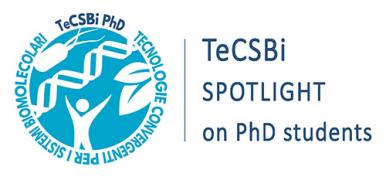
Research article by Greta Bianchi (Brocca’s Lab) and colleagues, published on Biomolecules (2022). Here is the link to her paper: https://doi.org/10.3390/biom12040561
Comment by Davide Panzeri (Labra’s Lab).
Intrinsically disordered proteins (IDPs) are proteins or protein moieties that do not possess a fixed 3D structure but can fluctuate and convert among several different conformations. IDPs play important biological roles such as allosteric regulation and enzyme catalysis, but they are also well known for cell signalling due to their flexibility and conformational changes.
In this field, Greta and her co-workers have tried to better understand the effects of charge segregation on three model IDPs differing in length and proline content. For each wild-type protein, they have conceived two synthetic variants, one displaying evenly distributed oppositely charged residues, and the other a complete segregation of positive and negative charges at the two protein ends. By doing so, the authors have investigated how charge patterning could impact on IDP conformational ensemble, applying native mass spectrometry (native-MS) and size-exclusion chromatography (SEC) as orthogonal approaches. The main result of their great work is that charge segregation promotes the compaction and/or spherical shape of IDPs, dependently on prolines, chain length and intrinsic secondary structure content.
This work can open a way to identify specific amino acid patterns that can modulate the disorder/order transitions of IDPs. In addition, the method applied could be the basis for further studies with the aim of understanding and predicting IDP behaviour.
Congratulations on this achievement Greta, let’s find the order of the disorder!
#BtBsPhD #TeCSBi #TeCSBiSpotlight #BroccaLab_BtBs #LabraLab_BtBs